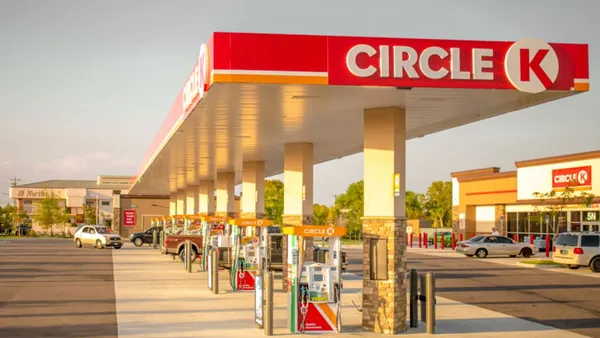Dive Brief:
- As the U.S. heads into the holiday season, sales of better-for-you wine, premixed cocktails, beer and flavored malt beverages are all trending upward, according to research from advertising company Catalina.
- On the flip side, most other wine categories and hard seltzer lost traction in the third quarter, ending at the end of September, the report said.
- Beer sales, meanwhile, saw slow but steady growth that Goldman Sachs expects to continue through at least 2023, according to their recent Beverage Bytes survey.
Dive Insight:
Overall, Catalina “expects premixed cocktails and low-alcohol wine to top the list of adult beverages hosts serve this holiday season.” In general, pre-mixed cocktails have shown strong growth since 2021.
Catalina also reported that alcohol prices grew about 1%, or at a rate lower than inflation.
Sales in the low-alcohol and better-for-you wine category gained 35% in Q3 over the same quarter last year. While low-alcohol means lower alcohol by volume, better-for-you in wine can mean a number of things — from lower sugar and low carb to using organic grapes and sustainable production.
Catalina said it used “purchase-based, anonymized buyer insights” from its Buyer Intelligence Platform to compile these trends.
Pre-mixed cocktails came in second with 29% growth, continuing its surge from 2021, when supplier revenue grew over 40% to hit $1.6 billion. Data from NielsenIQ supports this finding, with its research showing spirits-based ready-to-drink offerings saw 58% sales growth through Labor Day this year.
Pre-mixed cocktails’ growth may not hold up quite as well as wine will into December, since those fruity drinks are mostly marketed and consumed in the warm summer months and don’t do quite as well in the colder parts of the year, said NielsenIQ in an email.
Both reports also showed hard seltzers’ popularity has been waning. Catalina reported a sales drop of 29% in the quarter, while NeilsenIQ’s data showed a 10% pullback in 2022 through Labor Day.
NielsenIQ also highlighted that, despite the pullback, hard seltzer still makes up 43% of the revenue for ready-to-drink alcoholic beverages. And convenience stores are a major player in the growth of the ready-to-drink category, which, in addition to premixed cocktails and hard seltzer, includes wine containers of 355 milliliters and under, flavored malt beverages like hard tea or hard soda, and frozen novelty alcohol products.
C-stores accounted for 7.5% sales growth in the ready-to-drink category, while overall growth from all retailers was only up 3.2% in the same timeframe.
Beer categories, meanwhile, still grew but came in much lower. Craft beer sales were up about 6% year over year, while domestic and imported beer gained about 3% each, according to Catalina.
These shifts are coming as convenience-store beer sales also saw roughly 3% growth in the quarter, according to Goldman Sachs’ survey. Goldman Sachs expects that growth to continue in the beer category.
“Looking ahead, retailers expect dollar sales growth to remain broadly stable in 2022 (up 3% and in-line with previous expectations in our prior survey) and increase 4% in 2023,” the firm said.
December is the biggest month of the year for alcohol sales, according to Federal Reserve data.











